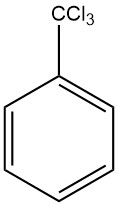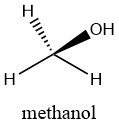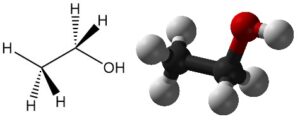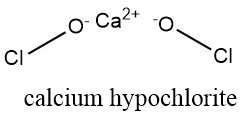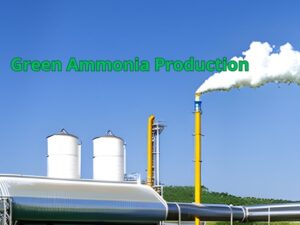
Green Ammonia Production Process
Green ammonia is described as ammonia synthesized with essentially zero carbon ootprint. Green ammonia can be produced using conventional technology for the ammonia synthesis loop in combination with electrolysis-based hydrogen or using nonconventional technologies for ammonia synthesis.



